
The heart has four chambers: two chambers at the top, the right and left aorta; and two chambers on the bottom, the right and left ventricles. Dilated cardiomyopathy (DCM) is a heart disease that affects the ventricular muscle. It is characterized by dilated, or enlarged heart chambers, and reduced contraction ability. That is, a reduced ability to push blood out of the respective ventricle. DCM causes the heart to become overloaded, and will often lead to congestive heart failure. Before 1987, DCM was one of the most common heart diseases in cats. This is suspected to have been related to a dietary deficiency of the amino acid taurine. DCM in cats is now relatively rare, since most cat food manufacturers began adding taurine supplements to their foods, further confirming the relationship.
Some breeds, such as the Burmese, Abyssinian, and Siamese, are more commonly affected by DCM. The disease will usually affect cats between the ages of 2 to 20 years, but the average age of onset is ten years old.
Cats suffering from reduced cardiac blood flow due to DCM will exhibit symptoms of depression, loss of appetite, and weakness. Reduced flow due to blockage of a blood vessel, thromboembolism, may be apparent as sudden onset of pain and partial paralysis (paraparesis). A physical exam may discover a low, high, or normal heart rate, a soft heart murmur, a galloping rhythm, hypothermia, a weak left cardiac impulse, and quiet lung sounds.
While taurine deficiency greatly contributed to the onset of secondary feline DCM in the past, the underlying cause in the majority of DCM cases today remains unknown. In some families of cats, a genetic predisposition has been identified.
In addition to a thorough physical examination of the heart, certain medical tests are needed to diagnose DCM and exclude other diseases. An electrocardiogram (or EKG) recording can be used to examine the electrical currents in the heart muscles, and may reveal any abnormalities in cardiac electrical conduction (which underlies the heart’s ability to contract/beat), and can also help your veterinarian to determine the origin of the abnormal heart rhythms, if they are present. X-ray imaging of the chest (thoracic radiographs) may reveal heart enlargement and accumulated fluids in the chest. Echocardiograph (ultrasound) imaging is required for a confirmed diagnosis of DCM. This test will enable your veterinarian to visually examine the size of the heart and the ability of the ventricular muscle to contract. An echocardiograph may reveal thin ventricular walls, an enlarged left ventricle and left atrium, and low contraction ability, confirming a diagnosis of DCM.
Treatment for DCM varies with the condition of the cat. If your cat has severe symptoms, hospitalization will be necessary. Treatment for DCM may include drugs for controlling abnormal heart rhythms, management of kidney health to prevent renal failure, treatment for low blood pressure, and treatment for complications caused by blood clots (i.e., blood thinning drugs). Hospital treatment for congestive heart failure will normally include supplemental oxygen therapy, diuretic drugs for relieving fluid retention, nitroglycerin for improving blood flow, and low dosages of dobutamine to stimulate heart contractility and cardiac output. Other drugs, such as anticoagulants (blood thinners), and beta blockers for controlling rhythm can be used to treat DCM, but their use depends on the specific problems that are secondary to the disease. Cats suffering from DCM will usually have anorexia, and because they also will need to be given a diet low in sodium, to reduce fluid stress on the heart, you will need to plan a diet that will spark your cat's interest in eating, in order to aid in its recovery. Your veterinarian will be able to help you to design a diet plan that is particular to your cat.
Follow up treatments are critical for cats with DCM. At about seven days after the initial treatment, your cat will need to be re-examined. A thoracic (chest) radiograph, and a chemical blood profile will be used to determine how effective the therapy is going, and whether anything needs to be changed or added to the recovery process. You must be especially vigilant with the administration of prescribed medications. Precision and continuity is essential for medicated therapy to show positive results. Examinations using echocardiograph imaging should also be performed every three to six months in order to follow the progress of the condition.
You will need to observe your cat's general activity level, appetite, and interest in things (apathy is a sign of illness), as well as watch out for any recurrence of symptoms, such as coughing or labored breathing. Despite intensive therapy and constant care, most cats with DCM have a poor prognosis for a long life. Quality of life, rather than a lengthy one, is more of a consideration with this condition. Your veterinarian will counsel you on ways in which you can provide this to your cat.
Image: VGstockstudio via Shutterstock
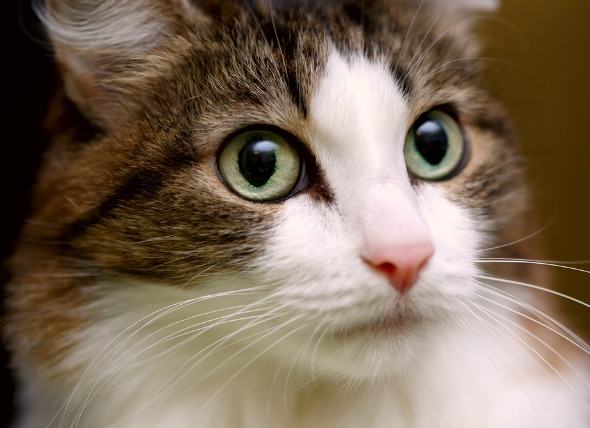 Unintentional Eye Movement in Cats
Nystagmus in Cats
Nystagmus causes the involuntar
Unintentional Eye Movement in Cats
Nystagmus in Cats
Nystagmus causes the involuntar
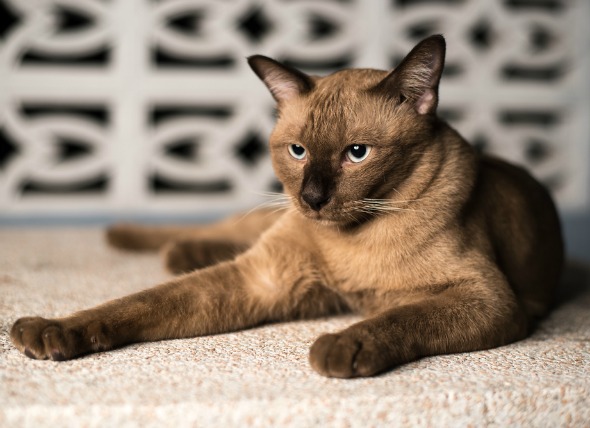 Kidney Failure (Long-Term) in Cats
Chronic Renal Failure in Cats
Sixteen out
Kidney Failure (Long-Term) in Cats
Chronic Renal Failure in Cats
Sixteen out
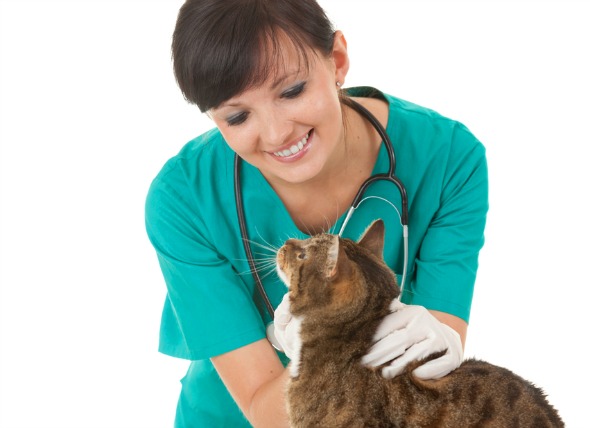 Fatty Tissue Tumor (Benign) in Cats
Infiltrative Lipoma in Cats
Infiltrative lipoma i
Fatty Tissue Tumor (Benign) in Cats
Infiltrative Lipoma in Cats
Infiltrative lipoma i
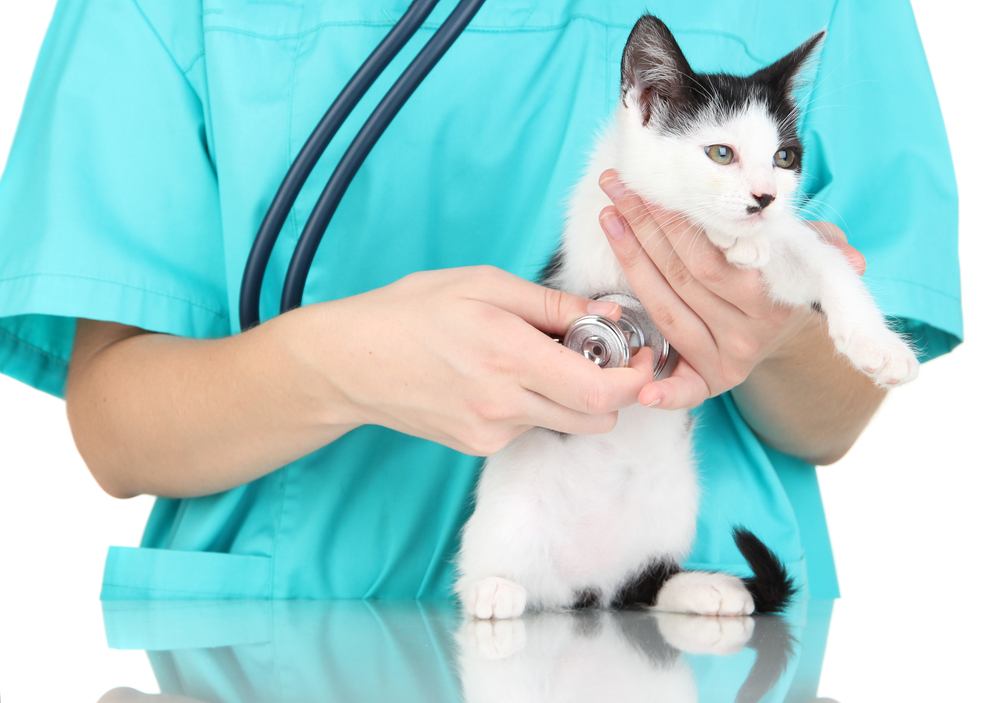 Protozoan Infection (Trichomoniasis) in Cats
Trichomoniasisin Cats
The protozoa are single-cel
Protozoan Infection (Trichomoniasis) in Cats
Trichomoniasisin Cats
The protozoa are single-cel
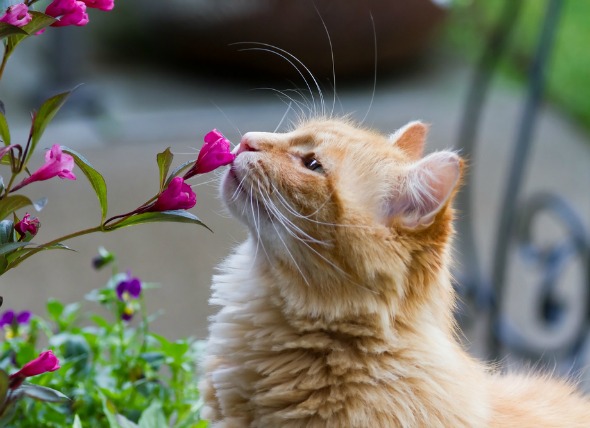 Skin Cancer (Basal Cell Tumor) in Cats
Basal Cell Tumor in Cats
Basal cell tumor is the
Skin Cancer (Basal Cell Tumor) in Cats
Basal Cell Tumor in Cats
Basal cell tumor is the
Copyright © 2005-2016 Pet Information All Rights Reserved
Contact us: www162date@outlook.com